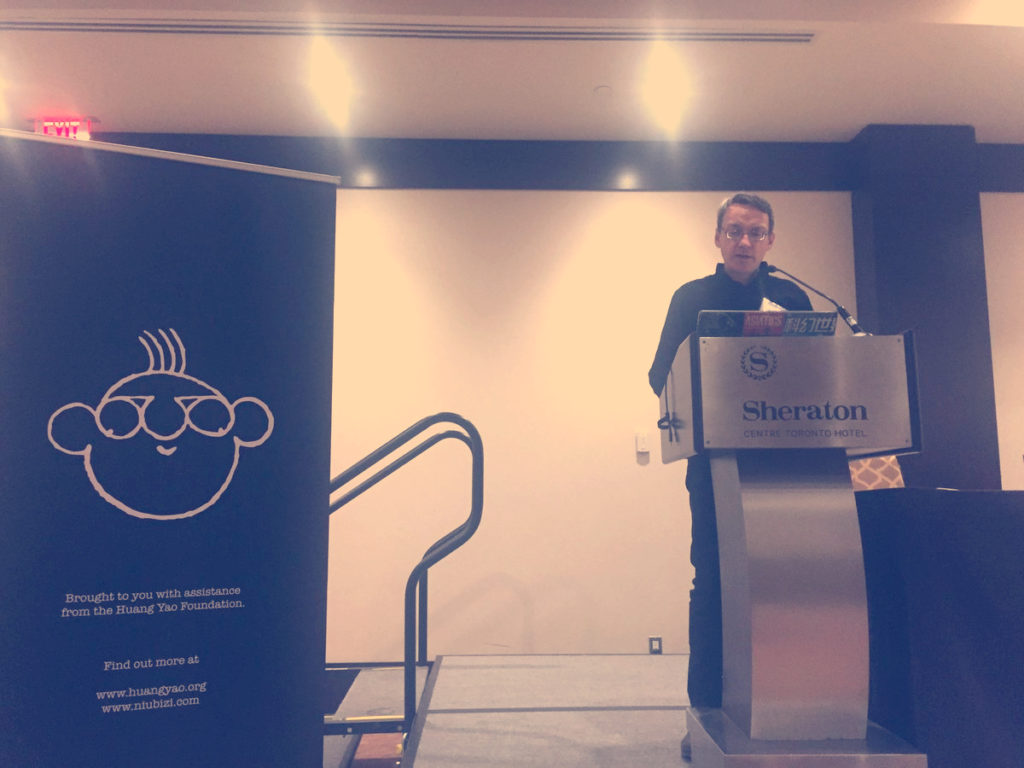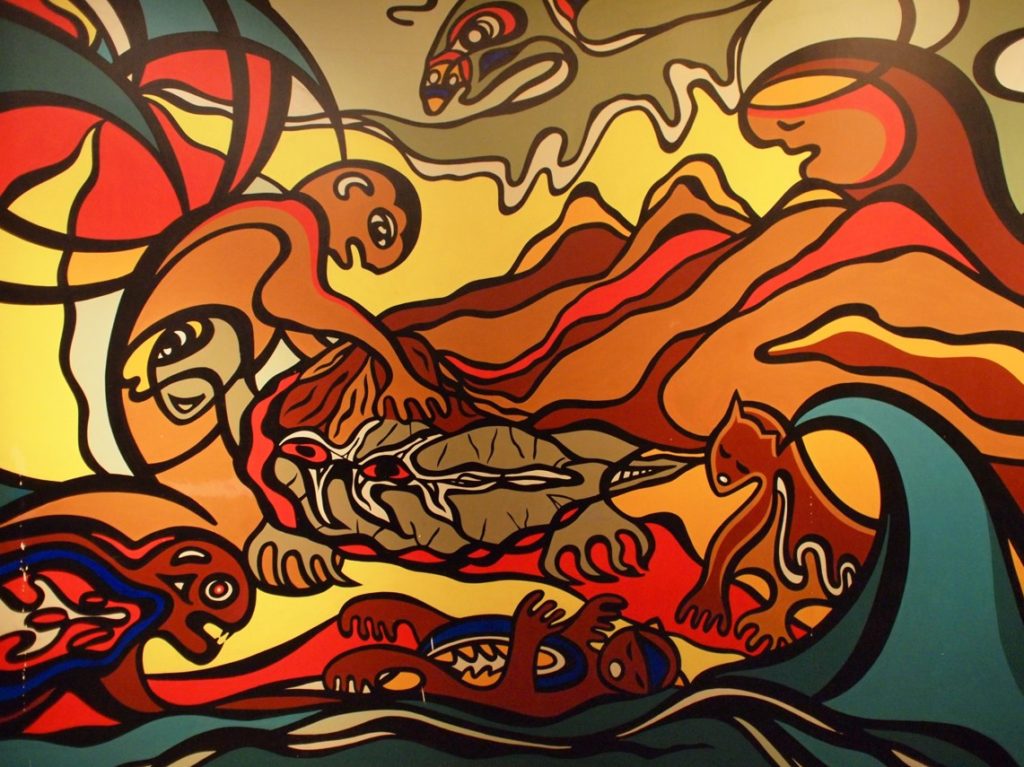The following is based on a presentation I gave for the 2017 Association of Asian Studies annual conference in Toronto as part of the panel Materia Manhuanica: Reading Chinese Cartoons on March 16, 2017. Funding for this panel was generously provided by the Huang Yao Foundation, with Eileen Chow serving as discussant. Additional revisions were suggested by my co-panelists John Crespi, Madeline Gent, and Orion Martin. Finally, I am indebted to Barbara Mittler, whose March 6, 2017, seminar “A King’s Two Bodies? Mao’s Death and his Legacy” at UBC got me thinking about how China’s “transformative nationalism” changed under Mao and the CCP, and what this might tell us about Zhang Shijie’s Boxer comics, and their eventual suppression.
I want to begin first by thanking Mississauga people of the Ojibwe Anishinaabe First Nation on whose ancestral lands we are hosting this event today. For those of you who are just visiting Canada for the first time, this might seem a little odd, but I encourage you, especially in the really, frankly, pretty frightening times we find ourselves, I encourage you to think about this question of ownership. Who does the land really belong to and where do we all come from? Where do our stories come from and who do they belong to? I think these are questions which we are going to talk about more during tonight’s panel, and also during our question and answer session.
 Niubizi and John Crespi at the AAS 2017 Materia Manhuanica panel.
Niubizi and John Crespi at the AAS 2017 Materia Manhuanica panel.
Secondly, I wanted to thank the Huang Yao Foundation for sponsoring this panel. If you haven’t heard of them yet, the Huang Yao Foundation is an amazing organization, which was founded by Carolyn Huang, Huang Danrong 黄丹蓉 and the Huang family in 2001, with the goal of preserving their grandfather’s legacy as a cartoonist, a painter, and a scholar. Over here, on our sign, you can see Niubizi, or ‘Willie Buffoon’ as he was known in English. The Huang Yao Foundation has been really tireless in collecting information on Huang Yao’s career, and the careers of his peers, and they have a lot of resources to share with Chinese comics scholars. I think almost everyone on the panel today has worked with them in some capacity over the years. So I encourage you all to check them out online at huangyao dot org, and also to keep an eye out for some of the publications and other projects which will be coming down the line over the next couple of months.
Finally, I wanted to thank all of you for being here today. I know there are always a lot of demands on people’s time during AAS, and it really means a lot to us that you were willing to stop by and geek out on Chinese comics for a bit. I know that comics sometimes get a bad rap, and comics scholars are pretty notorious for spending a lot of time and energy on justifying their interest in what is, aside from being physically ephemeral, also pretty crude art form. Even if comics aren’t nearly as “declassee” as they once might have been, thanks to the material turn, I think there is still a big question that looms over any discussion of comics, which is, “Why comics?” Because there really is something that compels comics fans (like all of us here) to really “stand by our man” [hua].
Okay, no more bad puns, I promise!
So one of the things I’ve been thinking about a lot lately is being thankful and mindful of the spaces we inhabit. Not just because it’s the right thing to do, but also because it brings up this question of belonging. ‘Belonging’ is one of those great words that goes both ways—in the sense of belonging to a place, and places belonging to us.
 Nanabozho piles muskrat’s earth on the shell of a turtle while beaver and otter look on in “The Creation of the World” Daphne Odjig (b. 1919, Potawatomi and Odawa First Nation), 1972.
Nanabozho piles muskrat’s earth on the shell of a turtle while beaver and otter look on in “The Creation of the World” Daphne Odjig (b. 1919, Potawatomi and Odawa First Nation), 1972.
So here we have this great mural by Daphne Odjig from the 1970s, which depicts the trickster god Nanabozho piling mud on the back of turtle to create the world. Over here you have beaver, and muskrat, who for modern viewers might bring to the mind the fur trappers, who formed the vanguard of Western imperialism in North America, and particularly here in Canada. So there’s one reading of this piece, which is basically a straight reading, as being about a creation myth, and another one, which is more subjective, but gets into a different kind of creation myth—the creation of Canada as a nation.
Now, I don’t know what Odjig would say about her painting, or if she would agree with this sort of reading, I did find this quote from her from 1968 that I think speaks to what I want to talk about today:
“If you destroy our legends you destroy our soul.”
– Daphne Odjig, 1968 (from Niigaanwewidam James Sinclair’s introduction to Manitowapow: Aboriginal Writings from the Land of Water)
And that’s really a great launching off point for talking about Zhang Shijie, and his ‘folk’ stories set during the Boxer Uprising at the turn of the 20th century, but actually collected and edited (pretty heavily in some cases) and published towards the end of the 1950s and up to the mid-1960s. What’s interesting about these stories, one collection of which was called 义和团传说故事 or ‘Boxer Legends,’ is that they are mostly remembered today for the comic book and cartoon adaptations.